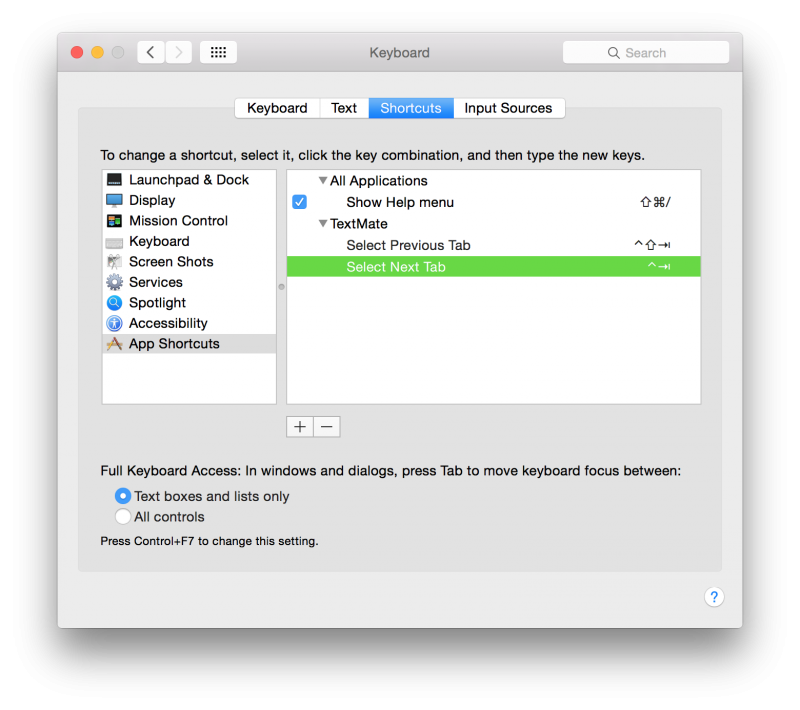The Mac can self-report some battery information, and Coconut Battery is pretty slick, too. But for someone handy with the command line, it turns out there’s a wealth of information about your battery and charger status.
Matthew.Wagner ~ $ system_profiler SPPowerDataType
Power:
Battery Information:
Model Information:
Serial Number: D864196T1QQFT5YAS
Manufacturer: SMP
Device Name: bq20z451
Pack Lot Code: 0
PCB Lot Code: 0
Firmware Version: 702
Hardware Revision: 000a
Cell Revision: 379
Charge Information:
Charge Remaining (mAh): 6106
Fully Charged: No
Charging: Yes
Full Charge Capacity (mAh): 6271
Health Information:
Cycle Count: 112
Condition: Normal
Battery Installed: Yes
Amperage (mA): 1074
Voltage (mV): 12860
System Power Settings:
AC Power:
System Sleep Timer (Minutes): 0
Disk Sleep Timer (Minutes): 10
Display Sleep Timer (Minutes): 62
Wake on AC Change: No
Wake on Clamshell Open: Yes
Wake on LAN: Yes
AutoPowerOff Delay: 14400
AutoPowerOff Enabled: 1
Current Power Source: Yes
DarkWakeBackgroundTasks: 1
Display Sleep Uses Dim: Yes
PrioritizeNetworkReachabilityOverSleep: 0
Standby Delay: 10800
Standby Enabled: 1
Battery Power:
System Sleep Timer (Minutes): 1
Disk Sleep Timer (Minutes): 10
Display Sleep Timer (Minutes): 2
Wake on AC Change: No
Wake on Clamshell Open: Yes
AutoPowerOff Delay: 14400
AutoPowerOff Enabled: 1
DarkWakeBackgroundTasks: 0
Display Sleep Uses Dim: Yes
Reduce Brightness: Yes
Standby Delay: 10800
Standby Enabled: 1
Hardware Configuration:
UPS Installed: No
AC Charger Information:
Connected: Yes
ID: 0x0aa1
Wattage (W): 85
Family: 0x0085
Serial Number: 0x00159fe3
Charging: Yes

